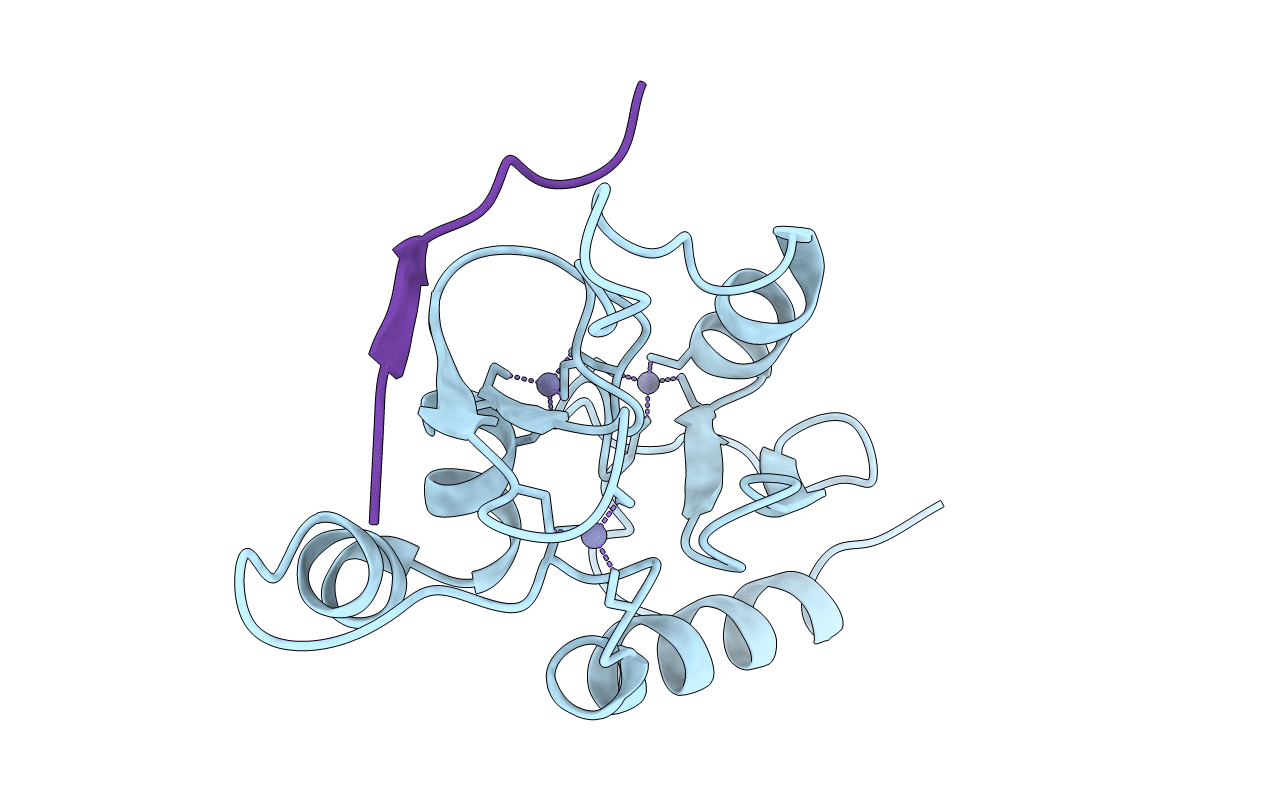
Deposition Date
2011-02-02
Release Date
2011-06-15
Last Version Date
2023-11-01
Entry Detail
PDB ID:
3QL9
Keywords:
Title:
Monoclinic complex structure of ATRX ADD bound to histone H3K9me3 peptide
Biological Source:
Source Organism:
Homo sapiens (Taxon ID: 9606)
Host Organism:
Method Details:
Experimental Method:
Resolution:
0.93 Å
R-Value Free:
0.13
R-Value Work:
0.12
R-Value Observed:
0.12
Space Group:
C 1 2 1


